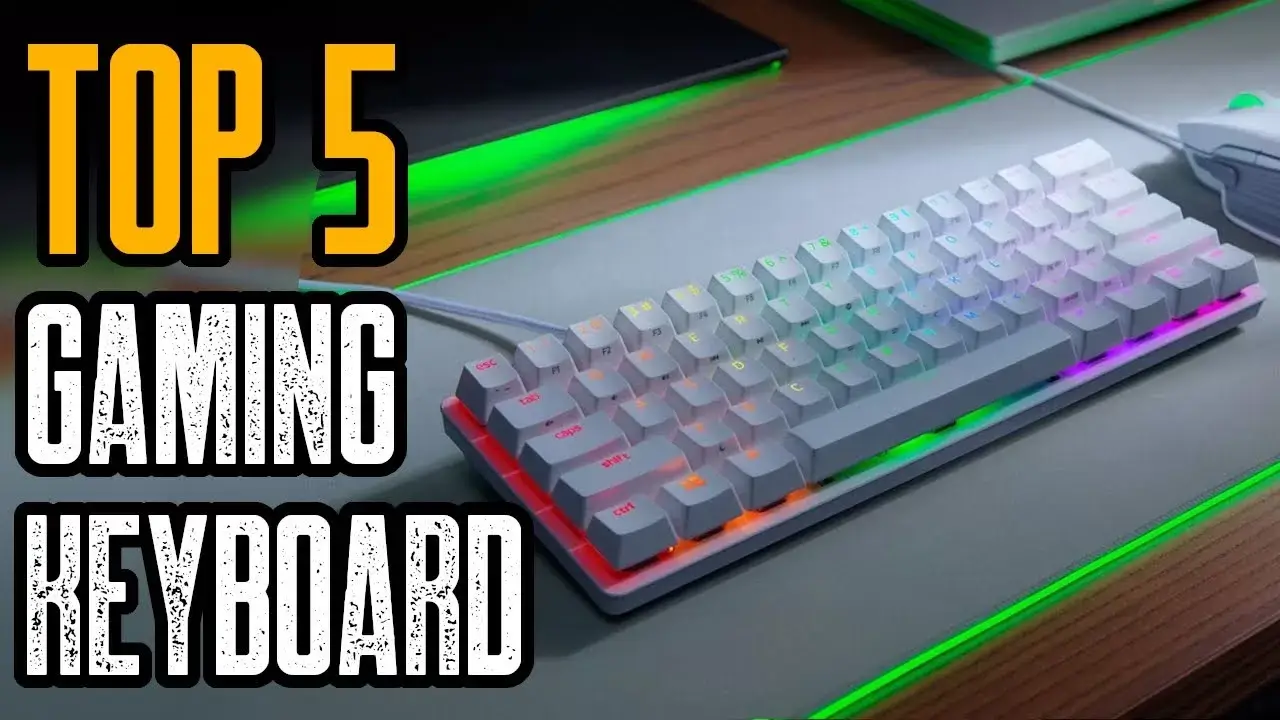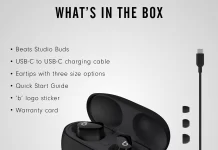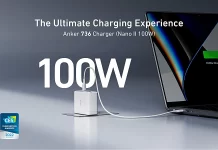Specifications
Chipset
Name: MediaTek MT6513 CPU: 650 MHz ARM11™ GPU: PowerVR™ SGX 531 Instruction set: ARMv6 Software environment
Embedded:OS: Android 2.3.4 (Gingerbread) Body
Dimensions
(width x height x depth):120 x 64 x 11.7 millimetres Weigth: 140 grams Color: Black Battery
Capacity: 1450 mAh Memory
RAM:capacity: 512 MB ROM–capacity: 512 MB Expansion slot: microSD memory card, supporting up to 32 GB Network support
Primary phone: GSM850, GSM900, GSM1800, GSM1900 Secondary phone: GSM850, GSM900, GSM1800, GSM1900 Data links: GPRS, EDGE Display
Type: Sharp LCD capacitive touchscreen Size: 4.0 inches, WVGA resolution (480 x 800 pixels) Camera
Main (rear): 8 megapixels (interpolated) with autofocus and dual LED flash Secondary (front): 1.3 megapixels Interfaces
Bluetooth (802.15): Bluetooth 2.1 + Enhanced Data Rate Wireless LAN / Wi-Fi (802.11): IEEE 802.11b, IEEE 802.11g USB: USB 2.0 Client, Hi-Speed (480 Mbit/s)
USB Series Micro-B (Micro-USB) connectorSatellite navigation
Built-in GPS module: MT6620 chipset GPS antenna: Internal Complementary GPS services: A-GPS (Assisted GPS), MediaTek EPO (Extended Prediction Orbit) Additional features
Sensors: Analog Radio: FM radio (87.5-108 MHz) with RDS radio receiver
The narrow looking volume rocker is positioned on the left edge of the phone, but despite its flushed appearance, it actually exhibits a reasonable tactile response. Also, the micro-USB port is located on the same side as well for charging and data connection. Meanwhile, the top edge plays host to both the 3.5mm headset jack and dedicated power button – the latter of which is recessed, but still provides a moderate tactile feel when pressed down.
At first, some might be surprised to find a clean looking front surface, but turning on its display, its capacitive touch buttons come to life. Interestingly enough, they don’t appear to be painted on, but rather, they seem to be nothing more than LEDs underneath there.
And just when I thought that dual SIM integration on HD9 was good and couldn’t get any better, that’s when I got amazed with the refreshed interface. In call history screen, the list of missed / received / made calls can now be checked with the indication of the name of the SIM. In addition, you can filter calls by SIM.
Apart from the new dialer interface, it also brings a smart dialing feature which works wonderfully, enabling you to numerically enter a name, even if it’s incomplete (i.e. 8632 for Vodafone, as seen on the picture) and displaying all matches instantly. With this new dialer, it doesn’t exist anymore the two call buttons to choose which SIM should establish the call. Instead, the green call button can immediately start the call when set to a certain SIM card or open a pop up which let’s you choose it every time.
Other than that, also in the same menu, the user has the possibility to set a default card to establish all outgoing calls or set it to always ask, thus enabling the pop up that can be seen some images above showing the dialer (with the options of which SIM card should initiate the call). The same thing can be set for messaging and data connection purposes.
Messaging application was updated as well and conversations are now displayed inside color balloons.
It also natively supports portable Wi-Fi hotspot feature, letting the user share data connection over a wireless network.
Just like on previous MT6516 based smartphones, in the new MT65x3 platform, the feature to schedule power on / off is still present. Again, this feature must be evidenced because it can’t be found in many smartphones.
The latest version of Google Maps is installed as well.
MT6513 chipset and benchmarks
Although I’m not a big fan of benchmarking applications, I just decided to do some benchmarks in order to show the huge differences of G11i when compared to HD9 (MT6513 versus MT6516).
HD9 wasn’t even able to run all the 3D rendering tests, while G11i behaved pretty well. With the same microSD memory card (class 10), the full write speeds can only be reached with G11i.
It’s obvious that the comparison between MT6513 and the old MT6516 is not that fair, but in order to see how great the MT6513 performance is, here you have also the benchmark results of HD958 (which is based on MSM7227 chipset):
I wasn’t expecting to see such a difference between G11i and HD958, but the fact is that there are notorious differences between MT6513 and MSM7227. Not much in terms of CPU (only 650 MHz against 600 MHz), but specially in terms of 3D graphics. The GPU integrated on MT65x3 – PowerVR™ SGX531 – completely outperforms the one used in MSM7227 – Adreno 200.
Video reviews
Here’s a video review:
- Based on Android 2.3 (Gingerbread)
- Beautiful and renewed Dual SIM user interface
- Lack of 3G support



































































